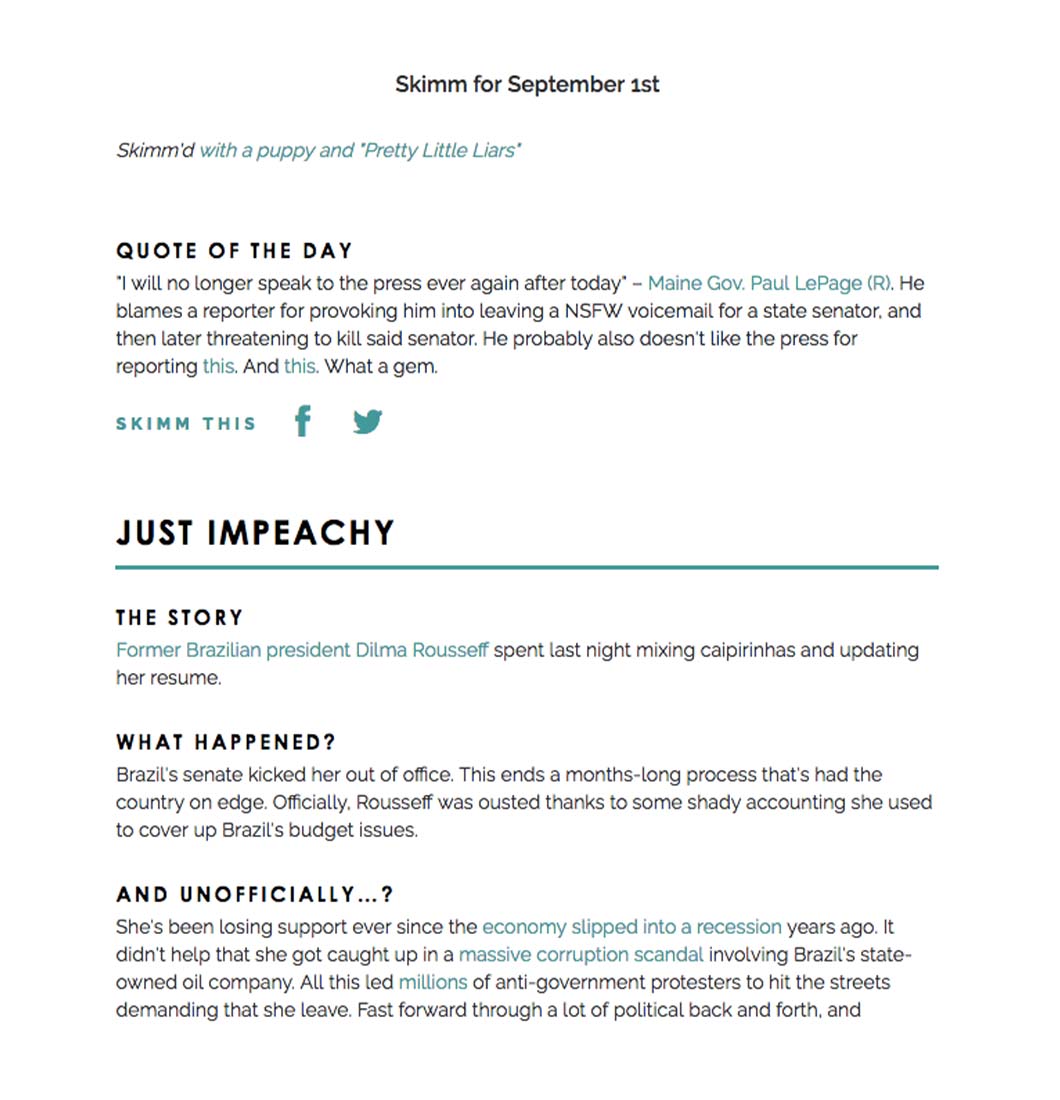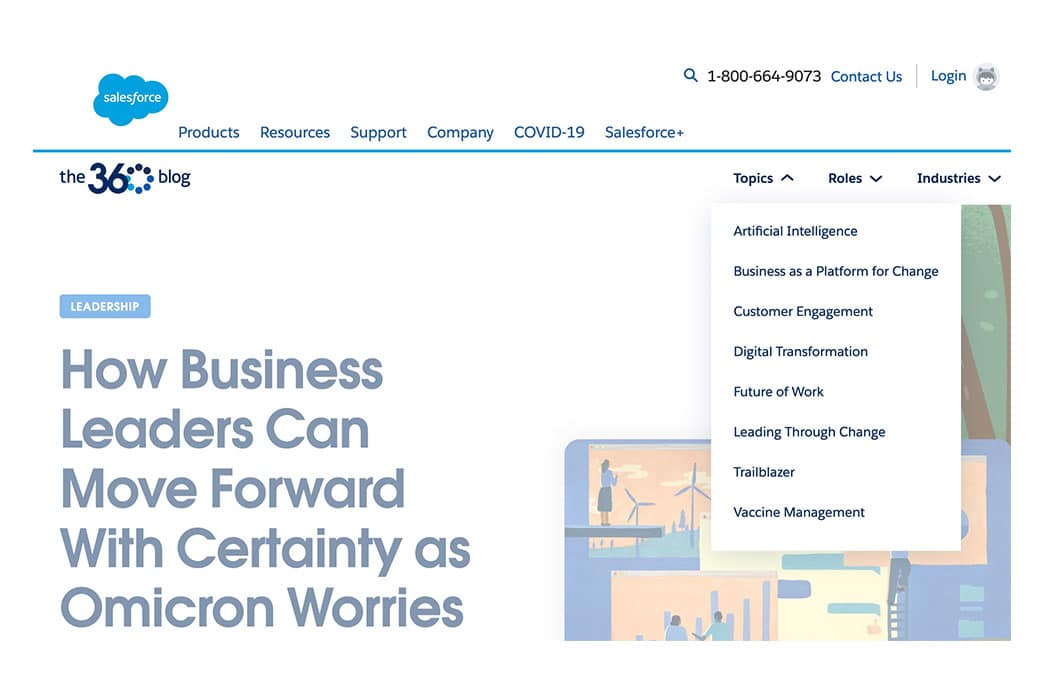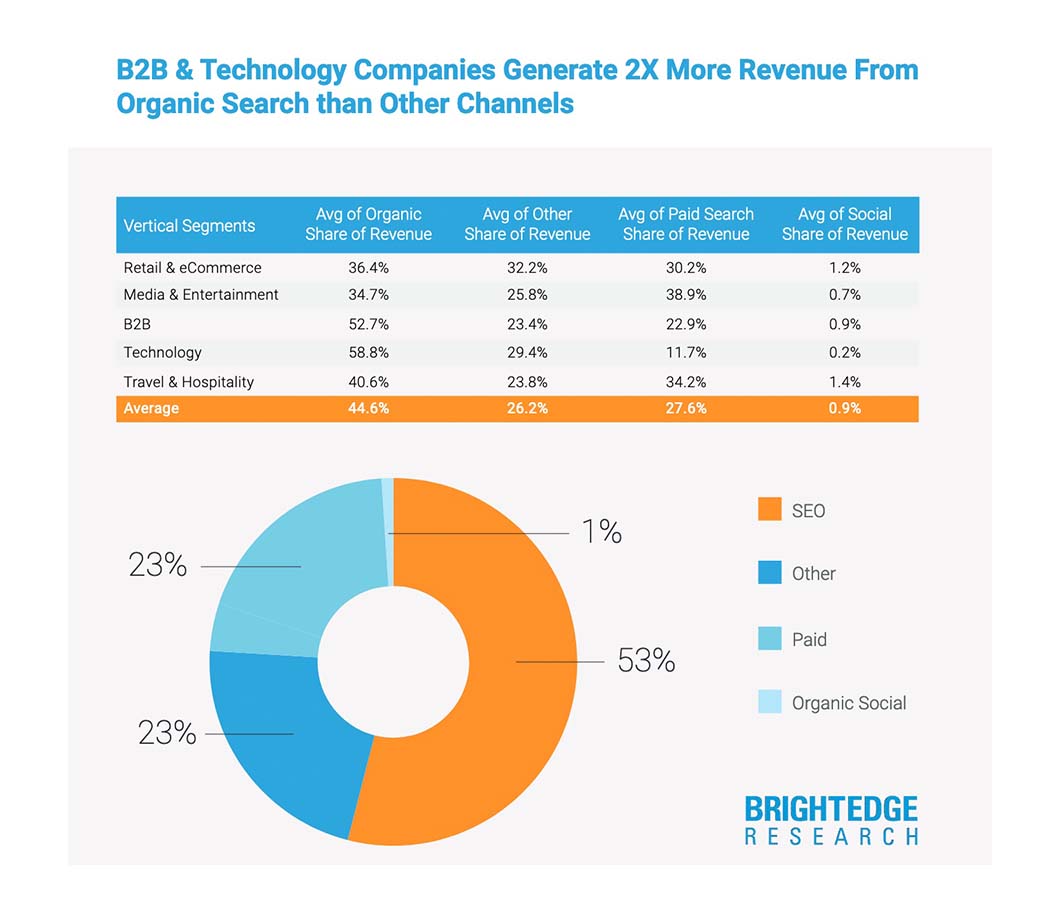Blogging is one of the best investments you can make. Some 60% of customers find blog posts helpful in the early stages of their buying journey, according to DemandGen. If you hook them early, you have a better chance at conversion. With that mind, following some blog best practices is key.
It feels like everyone is blogging nowadays. Did you know more than 2.7 billion blog posts have already been published so far in 2021, according to Internet Live Stats?
So how do you get people to find yours? Learn how to stand out from the crowd with these 11 blog best practices you can implement right away.
Blog Best Practices: 8 Do’s
Blog posts are subjective. What one person thinks is good, another won’t. But generally speaking, these are the attributes successful blog posts have.
1. Use Skimmable Content
In 2015, Microsoft made headlines when they suggested humans had an 8 second attention span — less than a goldfish’s rumored 9 seconds — thanks to a study about technology use.
But the reality is much worse: goldfish actually have a 3,500% longer attention span than humans.
Researchers at Princeton University discovered that we’re biologically wired to refocus on our surroundings every 250 milliseconds. Don’t panic: We’re capable of reading entire novels, remember?
The issue is no one wants to read a novel when they’re searching for information. Keeping your post skimmable allows our primitive brain to reassess the page every 1/4 second while still following along.
Here’s how to make your posts skimmable:
- Keep sentences and paragraphs short.
- Break up text areas with multiple headings, subheadings, lists and images.
- Draw attention to key points by bolding them or otherwise calling attention to them.
See how easy it is to get the gist of the theSkimm‘s newsletter without even reading the paragraphs? And, if you’re interested in more information, you can click for the full story.

2. Structure Your Blog Post
A structure helps keep your blog post skimmable, too. It also allows for optimal search engine optimization (SEO).
A blog structure typically looks like:
- Introduction
- Heading 1
- Subheading 1
- Content
- Subheading 2
- Content
- Subheading 1
- Conclusion
You get the idea. Structuring your blog post to include headings grouped by topic makes it easy to read and keeps your key points organized.
3. Stick With Your Niche
Successful blogs know they can’t be everything to everybody. Choosing a blog niche doesn’t limit you. It actually allows you to grow much faster.
Think about it: Would you read a blog that covers 10 different topics, half of which don’t interest you at all? Or, would you rather follow a blog on one topic, so every time you visit that website, you know exactly what to expect to read?
Sticking to your niche doesn’t mean you can only talk about one thing. Most niches have a wide variety of topics. For example, your niche could be personal finance for business owners.
Popular topics in this niche are:
- Getting out of debt.
- Investments, such as the stock market.
- Tips for saving money.
- The best deals on business credit products.
- Understanding interest, fees and other financial terms.
You could talk about all of these things and still fit within your niche. Or, you could take a super-specialized approach and focus on only one of these topics, such as getting out of debt.
There’s a lot you can write about getting out of debt. For someone struggling with debt, your blog becomes highly valuable to them because it addresses the exact issues that matter to them right now.
As a business, your niche is already decided for you somewhat based on your industry. Think about how you can separate your blog from your competitors’ content and add something unique.
For example, Salesforce has made a name for its blog as a thought leader in “work futurism.” Instead of covering sales or their software in-depth, Salesforce talks about remote work trends and the evolution of the workplace. Both topics have been wildly popular since the pandemic started.

4. Know Your Target Audience
This is the foundation of any successful marketing strategy, whether it’s your blog or something else. But it bears repeating: Know thy audience.
If you haven’t already, create buyer personas to guide your blog topics, tone and style.
A buyer persona includes:
- Demographic information
- Where do your target customers live?
- How old are they? Do they have kids, or not?
- What is their job role?
- What is their income? Hobbies?
- Pain points
- What are they (or their business) struggling with?
- How is your product or service the solution?
- What are they (or their business) struggling with?
- Goals
- What are their business goals?
- How can you help them with those?
- What are their business goals?
You can add more information but those are the basics you need to tailor your content. Which brings us to the next point …
5. Produce Content Your Audience Wants
What does your audience actually want? What types of content do they respond to? If you don’t know, it’s time to find out.
Reviewing your blog analytics regularly will tell you your most popular content. That should guide your future content ideas.
But don’t leave it all up to your analytics. Ask your audience directly what they want from you. You can create a social media poll or email survey to gain valuable insight.
6. Include Visual Elements
Adding useful images to your posts helps break up the content and add visual interest, but it also works on a psychological level. Research from 3M found that the brain processes images 60,000 times faster than text.

Be honest: What were your eyes drawn to first, the text statistic or the infographic?
That’s why images add so much value to your post. Including them can also bring you 94% more views than posts without any images, according to QuickSprout.
7. Write for Quality, Not Quantity
Many experiments and studies, such as Databox’s, say the best length for a blog post is between 1,500-2,000 words. But the truth? It really doesn’t matter.
Write to answer your reader’s question, not to an arbitrary word count.
Sure, it helps to have a “goal word count” in mind, but if you can clearly cover a topic in 1,000 words instead of 2,000, then do that. The best length for your post is whatever you need to write a high-quality post your reader will love.
8. Promote Your Post
After you hit publish, share your blog post far and wide. Content Marketing Institute reports the top 3 promotional channels for business-to-business (B2B) marketers are social media, email and your website.
Other promotional ideas include:
- Paid social media advertising
- Usage of paid social ads are up 23% in 2021 compared with 2020 results, according to Content Marketing Institute.
- Paid search advertising (Google Ads)
- Guest blogging
- Speaking events
- Private social media groups or industry forums
- Webinars
- Event sponsorship
- Partnerships and influencer marketing
Blog Best Practices: 3 Don’ts
1. Don’t Skip SEO
Blog post SEO is such a huge topic. Honestly, we can’t capture everything you need to know in this small section. Even with promoting your blog posts on social media and paid ads, you can’t ignore organic SEO.
B2B companies earn twice as much revenue from organic traffic than from any other traffic source. And, SEO drives over 1,000% more traffic than social media, according to BrightEdge.

As a high-level overview, ensure you’re optimizing your blog post SEO with:
- Keyword research and adding them into your post.
- Ensure your website loads quickly and is mobile-friendly.
- Internal and external links, about 2-3 minimum per post.
There is a lot more to mastering SEO and how to track your SEO performance. Do your research. It’s okay to be a beginner at SEO, just don’t ignore it entirely.
2. Don’t Copy
It’s perfectly fine, and even smart, to get inspiration from others for your own blog post ideas. But it goes without saying you should never plagiarize.
Not only is that a shady practice, your blog won’t go very far either. Google highly punishes plagiarized content in search rankings. It’s difficult to come back from, even if you delete the content.
With so much content out there, it’s also possible for your post to be too similar to someone else’s without meaning to. It’s a good blog best practice to run your post through a plagiarism checker before hitting publish.
3. Don’t Be Overly Self-Promotional
It’s fine to mention your products or services sometimes, but don’t make all your content overly promotional. People read your blog for the value it provides them, not to read an ad.
By offering high-value content, you’ll earn trust from your audience and build your brand equity. Over time, that grows into a loyal customer base.
Your job as a content marketer is to build trust that leads to sales, not make the actual sales.
The Secret to Blog Growth = Effective Content
The only thing you really need to do to create a successful blog is focus on your audience. Make your content easy to read, include helpful visuals and offer value in every post.
Continuously evaluate your digital marketing strategy to maximize your promotional opportunities and track your goals.
Besides that? The world of content marketing changes all the time, but these tried and true best practices will stand the test of time.











